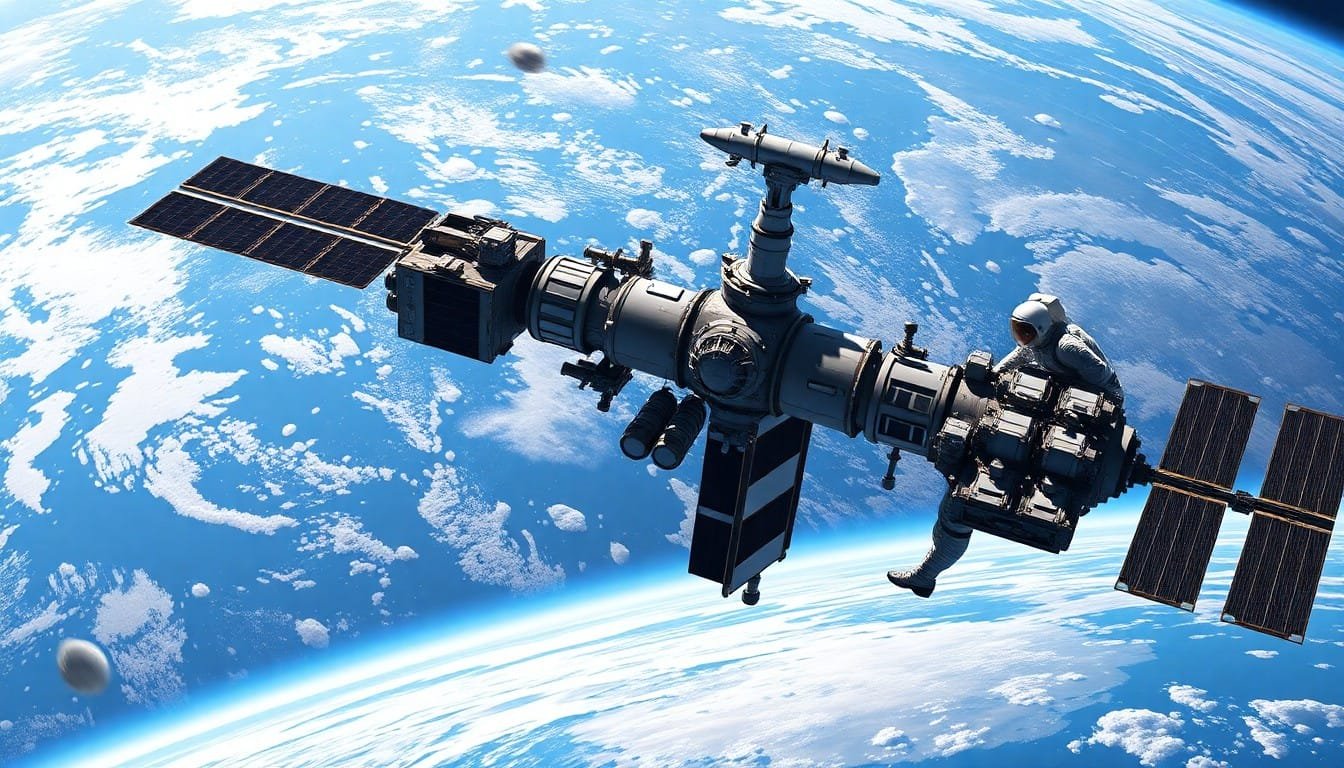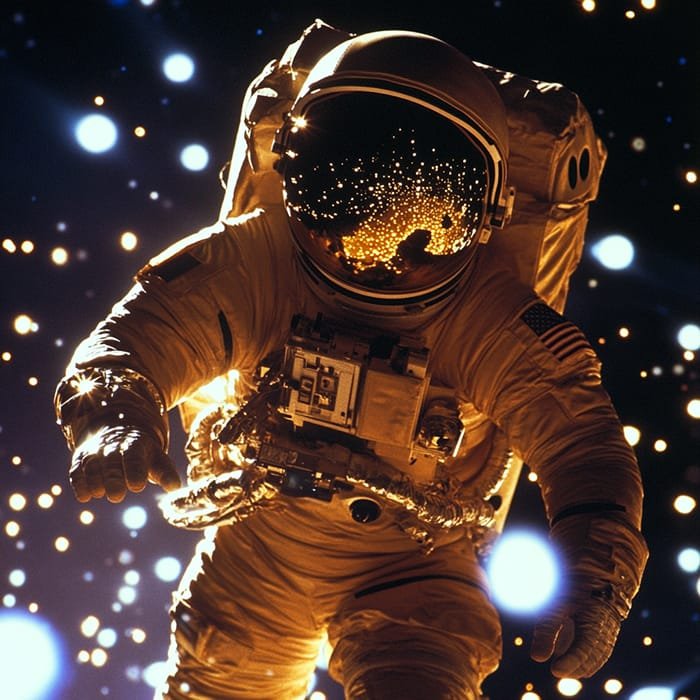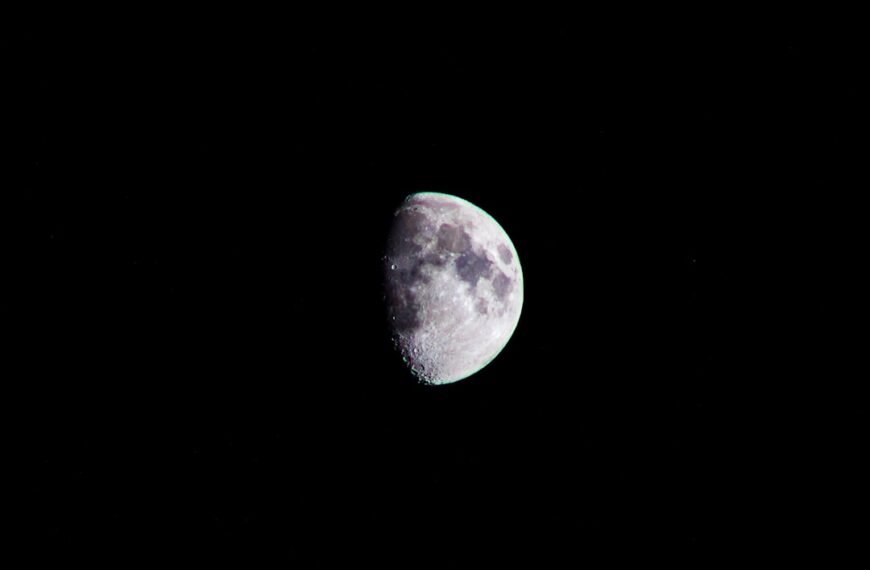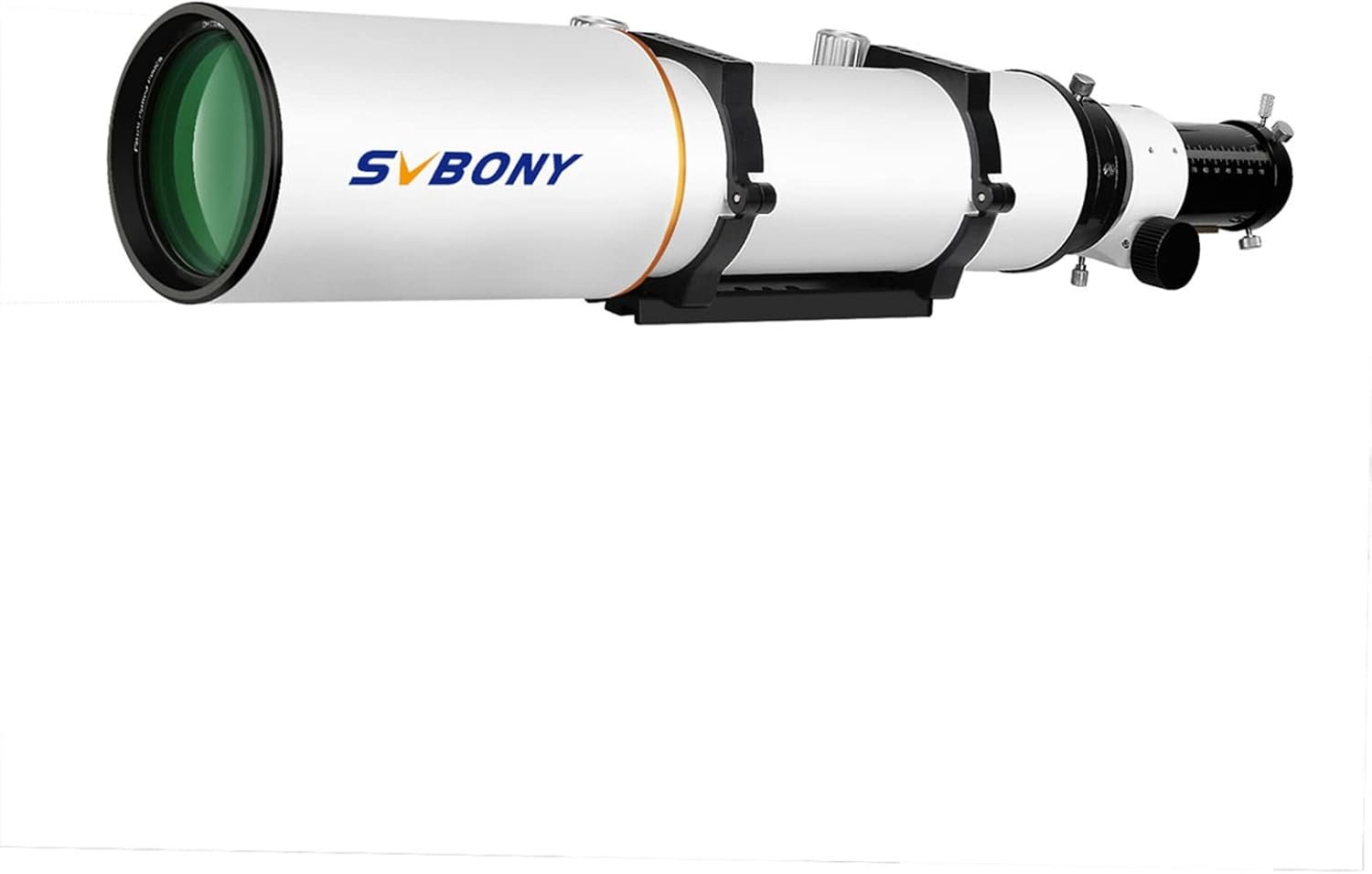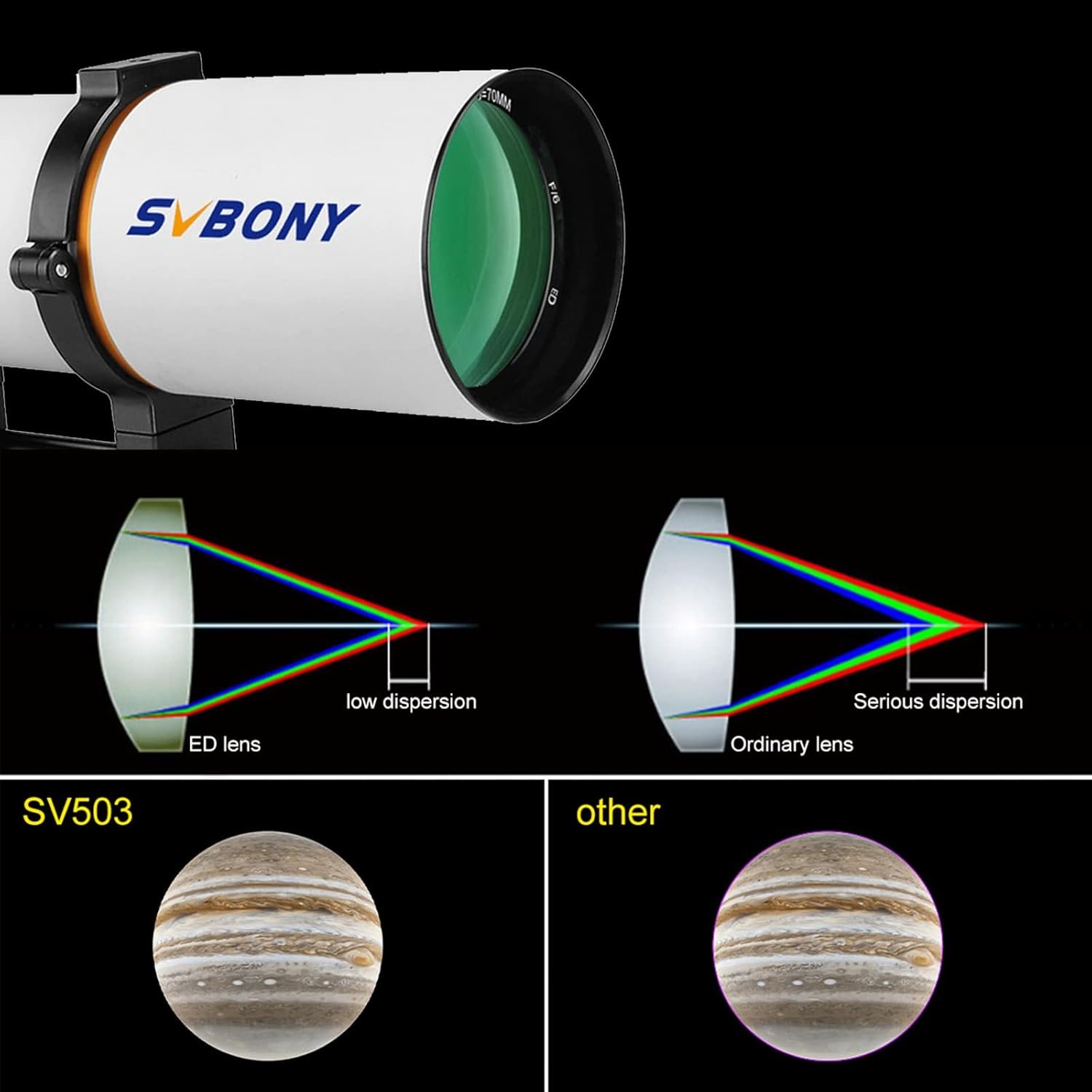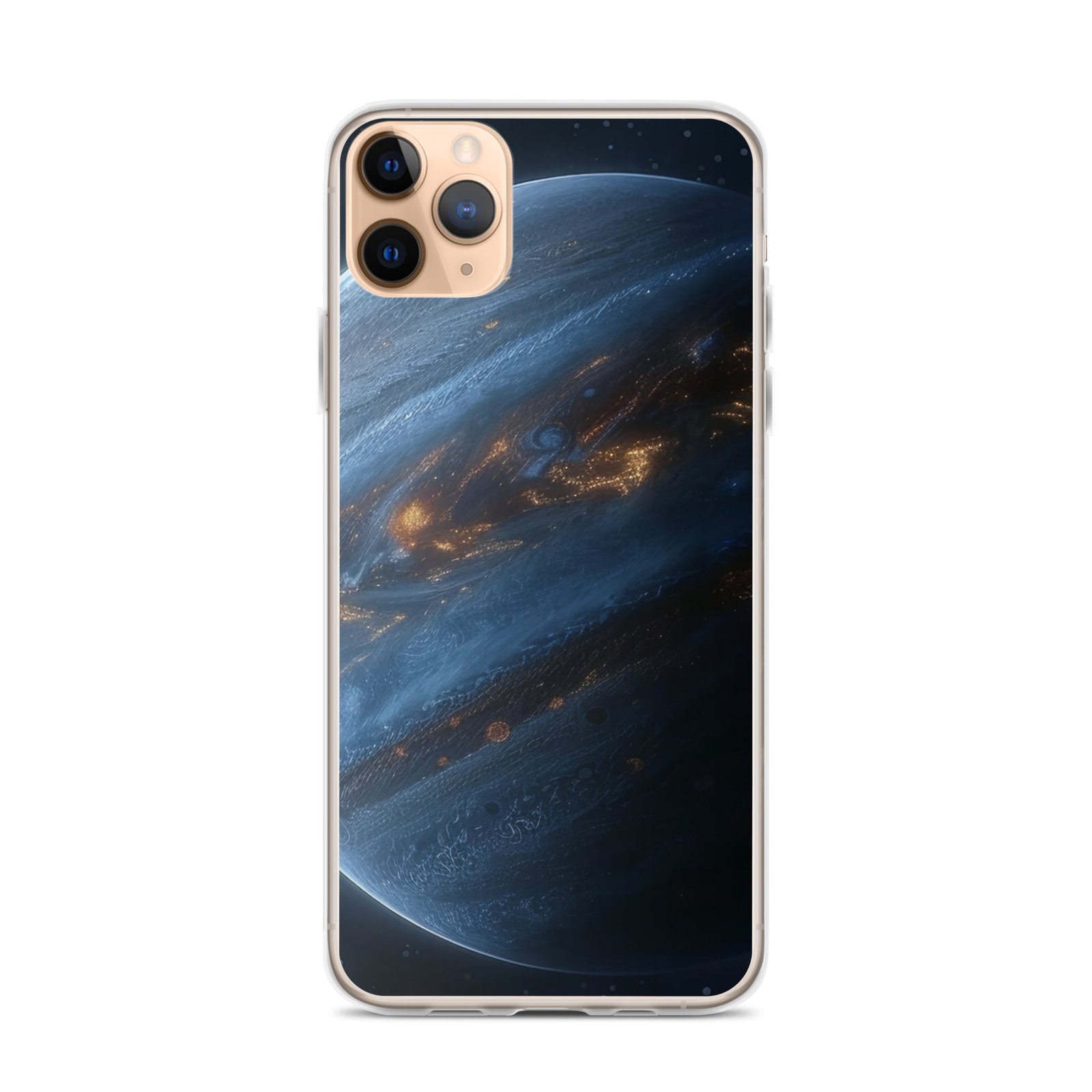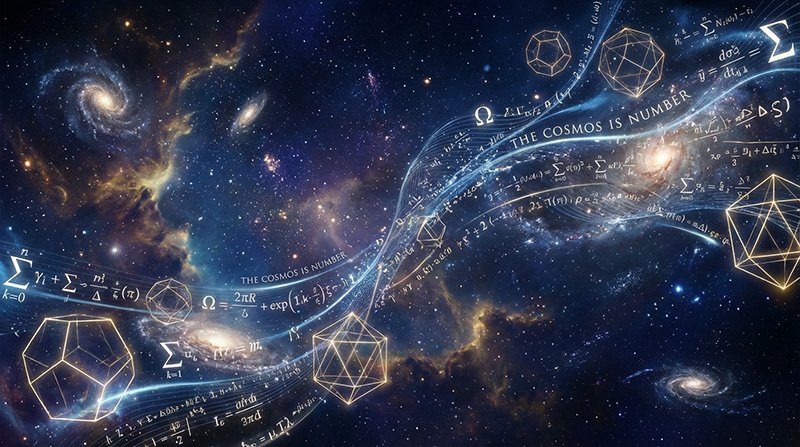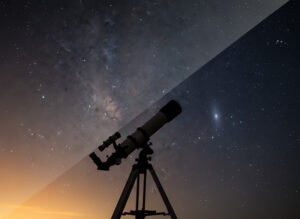International Space Station: A global collaboration hub for research, innovation, and unity, advancing science in microgravity.
Key Takeaways 📝
- The International Space Station (ISS) symbolizes global unity, showcasing what can be accomplished when nations collaborate for a common scientific goal.
- Over 240 astronauts from 19 countries have lived and worked aboard the ISS, highlighting its role as a melting pot for cultural exchange and cooperation in space.
- Research conducted in the unique microgravity environment of the ISS could revolutionize our understanding of human health, paving the way for advancements in medicine and technology.
- The ISS is evolving into a commercial hub, opening doors for private companies to conduct research and even film projects in space, broadening its impact on society.
- As a platform for cutting-edge research and international collaboration, the ISS stands as a testament to human innovation and resilience, inspiring future generations to explore beyond Earth.
Introduction: The Marvel in Orbit

Imagine a massive laboratory floating hundreds of miles above us, where scientists from around the globe work together to push the boundaries of knowledge. This isn’t a scene from a science fiction movie—it’s the reality of the International Space Station (ISS). A marvel of modern engineering and a testament to international collaboration, the ISS serves as a beacon of hope for what humanity can achieve when we work together. Today, we’ll delve deep into the history, structure, collaborations, and ongoing missions of this extraordinary orbital outpost.
History and Construction: From Vision to Reality
The story of the ISS begins in the 1980s, a time when the Cold War was thawing, and the world was yearning for cooperation over conflict. The idea was simple yet ambitious: create a space station that would serve as a hub for scientific research and a stepping stone for future space exploration.
The Early Days
The discussions for a space station began in the 1980s, with NASA leading the charge. By 1984, President Ronald Reagan had called for the construction of a space station within a decade.
International Collaboration
The project quickly became an international effort. By 1993, the United States, Russia, Canada, Japan, and the European Space Agency (ESA) came together to design what would become the ISS.
First Module Launch
In November 1998, the first module, Zarya, was launched into space. This was the beginning of a complex assembly process that would continue in orbit over the next two decades.
Structure and Capabilities: A Giant Among the Stars

The ISS is not just a single entity but a collection of interconnected modules, solar arrays, and laboratories that together form a spacecraft larger than a football field. It’s the largest human-made structure in low Earth orbit, traveling at an incredible speed of 17,500 mph and orbiting Earth every 90 minutes.
Living Quarters and Labs
The ISS can accommodate a crew of six along with visitors. It boasts state-of-the-art laboratories where astronauts conduct experiments that advance our understanding of physics, biology, and Earth sciences.
Solar Power
The station’s massive solar arrays provide it with the energy needed to support its operations, highlighting the ISS’s role in pioneering sustainable technologies.
International Collaboration: Unity Above Us
The ISS is a testament to what humanity can achieve when we set aside our differences and work towards a common goal. With contributions from NASA, Roscosmos, JAXA, ESA, and CSA, it stands as a symbol of global unity.
Shared Governance
The ISS is governed by a series of intergovernmental agreements, ensuring that all participating nations have a stake in its operations and research outcomes.
Cultural Exchange
The station also serves as a cultural exchange hub, where astronauts from different nations live and work together, fostering understanding and collaboration.
Scientific Research and Technological Innovation: Pushing the Boundaries
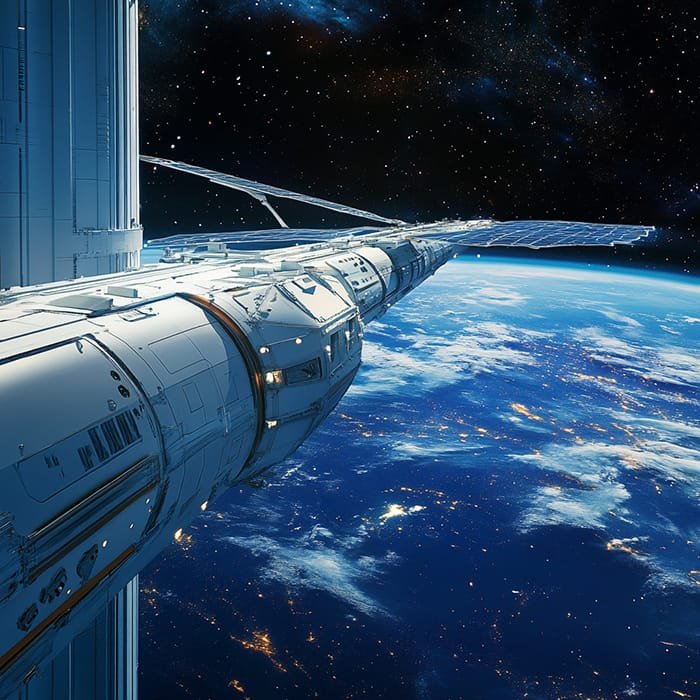
What makes the ISS truly invaluable is its role as a science laboratory in space. The microgravity environment offers unique research opportunities that can’t be replicated on Earth.
Microgravity Studies
Researchers study the effects of long-term space travel on the human body, providing insights crucial for future missions to Mars and beyond.
Earth and Space Science
From monitoring Earth’s climate to studying cosmic phenomena, the ISS contributes to a wide array of scientific fields.
Technological Testing
The station is a testing ground for new technologies, including those that could be used in future lunar and Martian habitats.
Current Research Projects: Science in Action
The ISS is buzzing with research that spans numerous scientific disciplines. Here are just a few of the fascinating projects currently underway:
Protein Crystal Growth
Understanding how proteins crystallize in microgravity can lead to breakthroughs in drug development and disease treatment on Earth.
Plant Growth Experiments
As humanity looks to colonize other planets, understanding how plants grow in space is vital for developing sustainable life support systems.
Fluid Dynamics
Studying how fluids behave in microgravity can lead to improvements in everything from fuel efficiency to medical devices.
Future Prospects: Building on Success
The ISS is not static; it’s a dynamic and evolving entity with a promising future ahead. With plans for expansion and commercial utilization, the station will continue to play a crucial role in space exploration.
New Modules
Companies like Axiom Space are developing new modules that will be attached to the ISS, expanding its capabilities and offerings.
Commercial Opportunities
The ISS is opening its doors to private companies, allowing them to conduct research and even film movies in space.
Extended Operations
The ISS’s mission has been extended, with continued support from the United States, Japan, Canada, and ESA through 2030, and Russia through 2028.
The Human Element: Life Aboard the ISS

Living on the ISS is unlike any experience on Earth. Astronauts must adapt to life without gravity, work long hours on complex experiments, and find ways to stay connected with loved ones back home.
Daily Routine
A typical day includes scientific work, maintenance tasks, exercise to combat muscle atrophy, and communication with mission control.
Cultural Exchange
Crew members share their cultures and traditions, celebrating holidays and cooking meals together, creating a unique and harmonious living environment.
Psychological Challenges
The isolation and confinement can take a toll on mental health, but astronauts are trained to manage stress and maintain team cohesion.
The ISS and Life After Warming: A View from Space
From its vantage point, the ISS provides a unique perspective on Earth, allowing scientists to monitor environmental changes and understand the impacts of climate change. The station’s role in studying “Life After Warming” is crucial for developing strategies to combat and adapt to these changes.
Conclusion: A Legacy of Exploration and Unity
The International Space Station is more than just a research facility; it’s a symbol of what humanity can achieve when we come together. As we look to the future, the ISS will continue to inspire generations of scientists, engineers, and dreamers, driving us towards new frontiers in exploration and discovery.
FAQs
What is the primary purpose of the International Space Station?
The ISS serves as a microgravity research laboratory where scientific research spans various fields, including biology, physics, and Earth sciences. It’s a platform for international cooperation and technological innovation.
How do astronauts get to the ISS?
Astronauts travel to the ISS aboard spacecraft like NASA’s SpaceX Dragon or Russia’s Soyuz. These spacecraft dock with the station, allowing crew transfer.
How long do astronauts typically stay on the ISS?
Missions usually last around six months, but this can vary depending on the mission’s objectives and the spacecraft’s capabilities.
Can the ISS be seen from Earth?
Yes, the ISS is often visible from Earth as a bright moving object in the sky, especially during dusk and dawn. Various websites and apps can help you track its location.
What happens to the ISS after 2030?
While plans are still under discussion, potential future scenarios include deorbiting the ISS, transitioning it to private ownership, or repurposing it for new missions.

